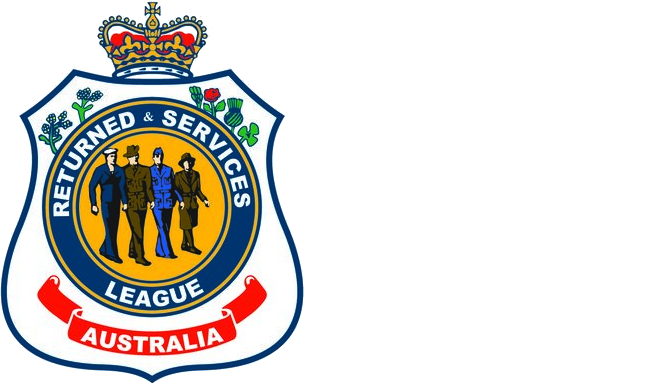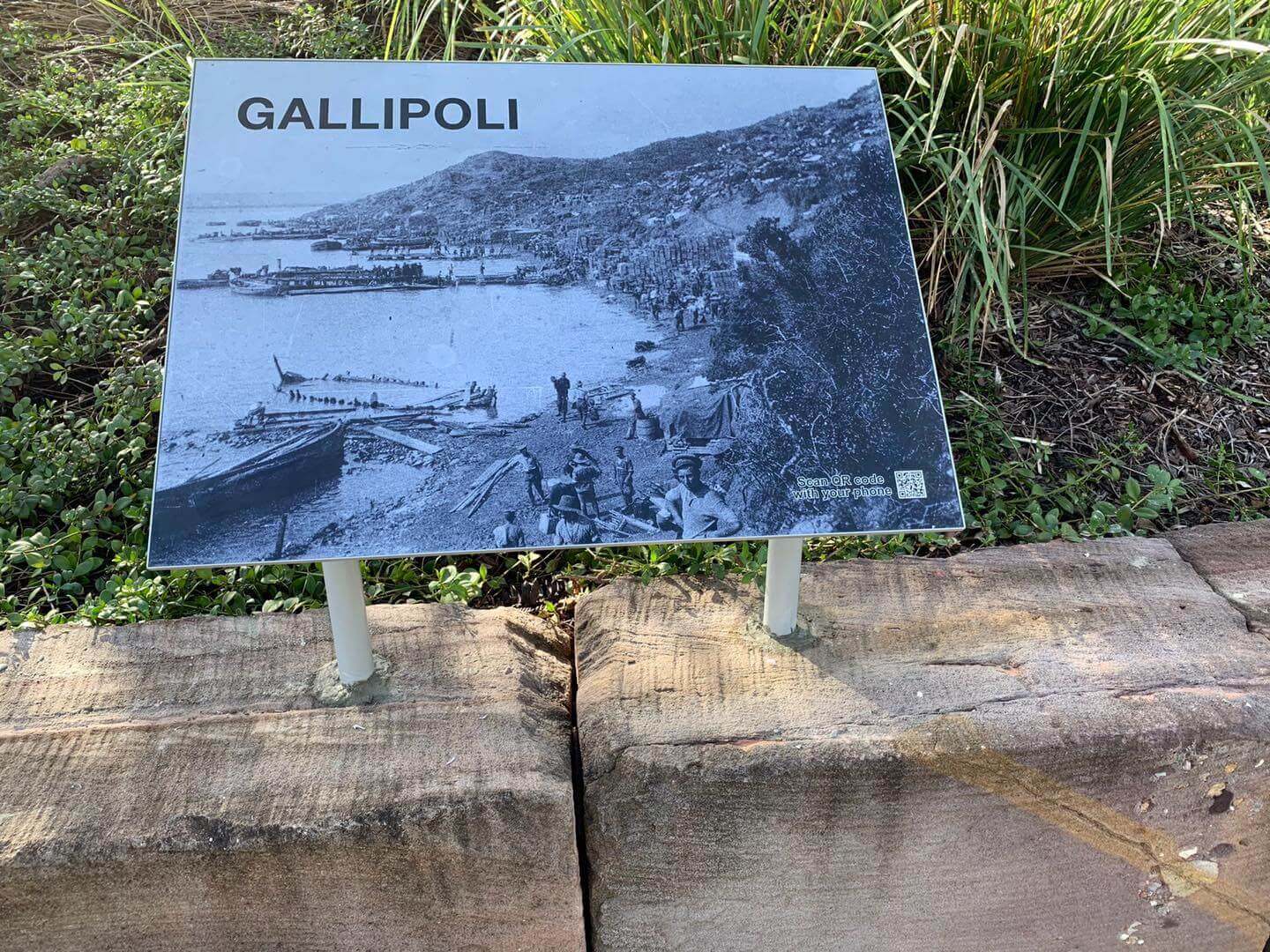Gallipoli
The 1st Division of the AIF sailed from Australia in November 1914. During the voyage, HMAS Sydney destroyed the German raider, SMS Emden, off the Cocos Islands. During five months’ training in Egypt, the men of the 1st Division, together with New Zealand troops, came to be known as the Anzacs (the Australian and New Zealand Army Corps).
On 25 April 1915 the Anzacs landed on the Gallipoli Peninsula and began an eight- month campaign against Turkish forces. Despite their determination, the Australians and New Zealanders failed to achieve their objectives. The campaign developed into a stalemate in which neither the Anzacs nor the British and French troops on other parts of the Peninsula made substantial advances. Conditions were appalling and disease took a greater toll than fighting. Finally, on 20 December 1915, the last Australians were evacuated. During the campaign Australia suffered 8,700 dead, 19,000 wounded and 700 missing.
The ANZAC Troops were to take three landmarks – Chanuk Bair to the north, Scrubby Knoll to the east and Gaba Tepe to the south. With these three positions secured, the main body would then advance to the peninsula and capture a hill known as Mal Tepe. This plan was discarded when then troops were put ashore one mile to the north of the intended landing site, later known as ANZAC Cove.
Involvement of the Australian Navy
AE2 Submarine was one of Australia’s first submarines. The AE2 achieved fame for its operations in the Dardanelles. The AE2 was ordered to sail through the Dardanelles and disrupt Turkish shipping in the Sea of Mamora. No other submarine had managed to breech Turkish defences, but in the early hours of 25 April 1915, the AE2 got past the minefields and land-based guns. The AE2 remained undetected by Turkish forces for 5 days before sustaining irreparable damage whilst under fire.
Australian Flying Corp
Although the Australian Flying Corps (AFC) was still in its infancy when Australia landed its troops at Gallipoli, it did play an important role in the campaign. Of note was an Australian artillery officer, Captain Keith Jopp, who as an ‘observer’ directed gun fire at enemy supply ships resulting in direct hits and major disruption to the Turks.

